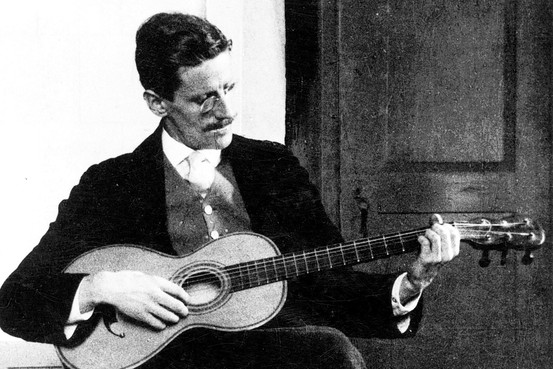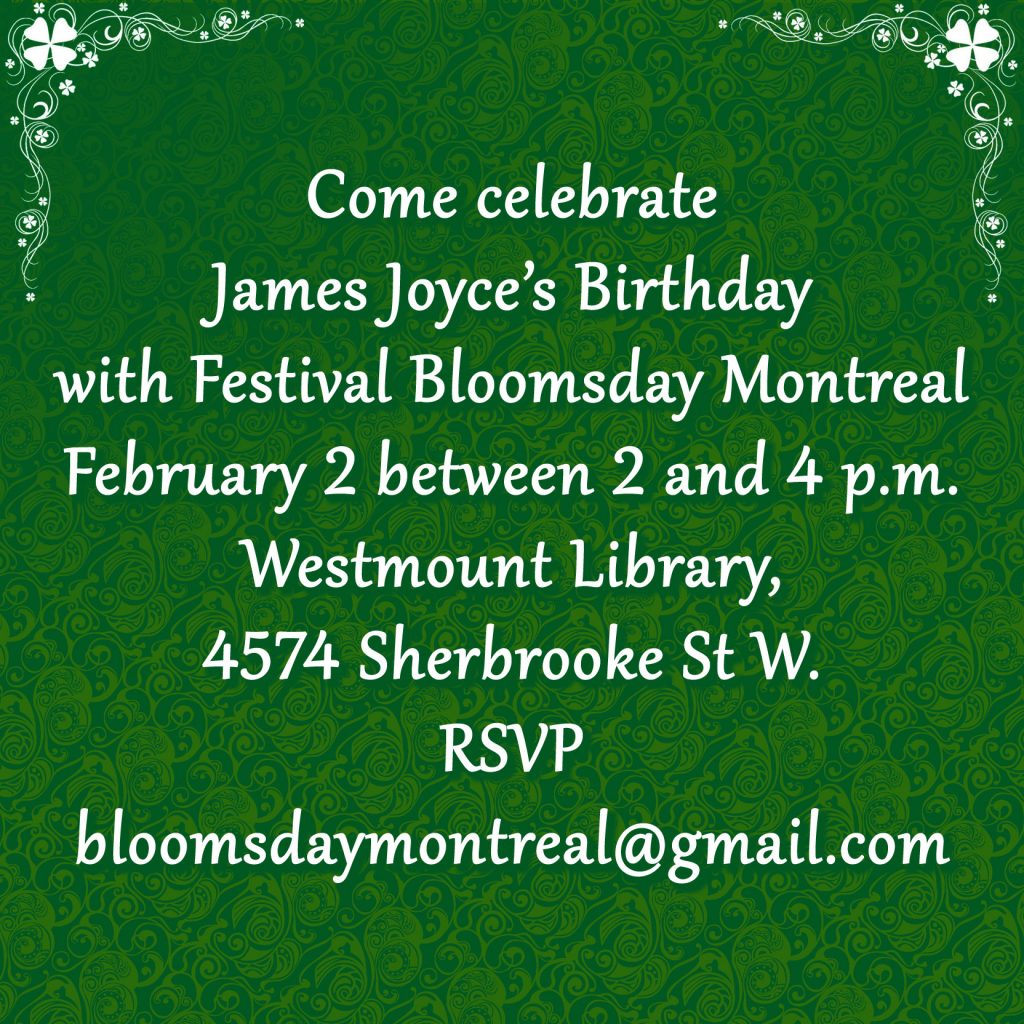Does Finnegans Wake have ASMR qualities?
The term “auto sensory meridian response” (ASMR) was coined by Jennifer Allen, a cybersecurity specialist, in a Facebook group she founded in 2010.
Because ASMR is still a fringe theory, a definitive definition of the phenomenon is hard to find. But, since the phenomenon has exploded on the internet, especially on YouTube and Facebook, you are probably already familiar with it to some extent.
You can experience ASMR when you are exposed to certain visual or auditory stimuli, or ASMR triggers as they are called. These triggers typically induce feelings of pleasure, euphoria, fascination, and frisson (a tingling sensation down the spine).
ASMR triggers can occur as you go about your daily life, or they can be induced deliberately by exposure to ASMR video and audio.
For example, some people experience ASMR when they hear: the clacking of finger nails, the repetitive clicking of a pen, the slurping of soup, the jangling of a wind chime, soft voices and whispering, the flipping of pages in a book, the clinking of fine china, or the sound of high heels hitting the pavement. The auditory examples are innumerable, and the subjective pleasure and experience varies from person to person.
Similarly, there are a variety of visual ASMR triggers, such as colour changing Christmas tree lights, or any of the videos you may have seen online, like those that demonstrate dominoes falling perfectly in elaborate chain-reaction designs (these can also have auditory components,) or maybe you’ve watched the cringier ASMR videos of pimple-popping or scab-picking.
Either way, many people claim to experience an odd and unexplainable combination of frisson and calmness when exposed to these types of stimuli. Myself included.
But, can ASMR triggers occur in literature?
What immediately comes to mind when I think about ASMR in literature is the “Sirens” passage of James Joyce’s Ulysses. This passage is fuelled by the musical sounds that pervade it, and in the Linati schema we find that the organ of the passage is the ear, the art is music, and the technic is Fuga per canonem. All of these descriptions suggest that sound and musicality are the modality of the text, and we know that Joyce was a musician as well as a writer. Therefore, sounds and music both play a major role in his art. Thus, a “complete” understanding (and enjoyment) of “Sirens” is not possible in my opinion, unless the reader picks up on at least some of the musical cues that take place within it.
Therefore, I do think it is possible that Joyce was trying to induce an auditory “ASMR” experience for the reader (maybe even for the characters,) even though he would not have been thinking in terms of “ASMR”.
I’ve also been told by many people that Finnegans Wake is a text that Joyce always meant to be read aloud. And that he was more interested in having his reader experience the sounds of the words themselves, rather than having the reader understand the meaning of each word within the text.
In fact, in our own Finnegans Wake reading group, we tend to try and experience both.
What do you think? Do you think that Joyce was a pioneer of literary ASMR, or is that reaching a bit too far?
Is it even possible to experience ASMR triggers in a literary format?
Comment below, and let me know, I’d love to “hear” your point of view.



Recent Comments